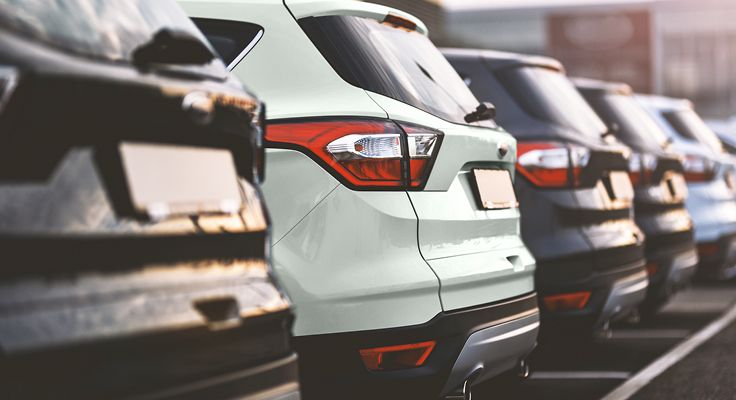When looking to insure your car, you will come across the phrase “car insurance groups”. It can be useful to understand how these groups affect the way your premium is calculated.

What are car insurance groups?
Thatcham Research is an organisation that serves as the motor insurers’ research centre, helping the motor industry to remain committed to exacting safety standards, improving the safety of drivers and their passengers while also helping to keep insurance costs low.
How are car insurance groups calculated?
Insurance groups work by identifying key factors to establish which rating each car receives. These include:
- Parts, availability and price
- Performance
- Repair costs
- Price when new
- Car safety
- Car security
- Vehicle technology
What do car insurance groups mean?
Quite simply, insurers take the information provided by Thatcham Research Centre and use it to calculate insurance premiums.
How many insurance groups are there?
There are 50 car insurance groups. Group one cars are the cheapest to insure, whereas cars in Group 50 are the most expensive.
Security ratings explained
This is a grade given by to rate the safety of a vehicle. Each insurance group rating is given a number which is then accompanied by a letter.
E - Your vehicle exceeds the security criteria for the group and therefore has had its rating upgraded. For example, a group 22 car that features outstanding levels of security will be upgraded to 21E.
A - Your car has an acceptable level of security features. P - This means ‘provisional’ or yet to be rated due to insufficient data – perhaps the car is a new model and hasn’t been tested enough.
D - This means insufficient security requirements that don’t meet the accepted standard. Therefore, a group 22 car would be downgraded to 23D.
U - Where the level of security for the model concerned is regarded as Unacceptable. Individual insurers may insist on the security being upgraded before providing cover.
G - This states that your car is an import, or that it doesn’t meet insurance group criteria for cars created for the UK market.
What group do electric cars fall into?
It will depend on factors such as the manufacturer, make and model.
How to find your car insurance group
It’s easy to find out what insurance group your car is in. You will need to know a few details about your car:
- Manufacturer
- Model
- Age
- Body type (e.g. 4-door)
- Fuel type
Understanding risk will help to manage your costs
As well as how risky (based on its rating) your car is, there are other elements that affect how much insurance costs. These include your age, occupation and driving history including how many claims you have made, plus how many points you may have on your licence.
Each insurance company calculates risk differently, hence the variations in price. But understanding how these risks are calculated will place you in a much better position to begin to lower your car insurance costs in the future.


